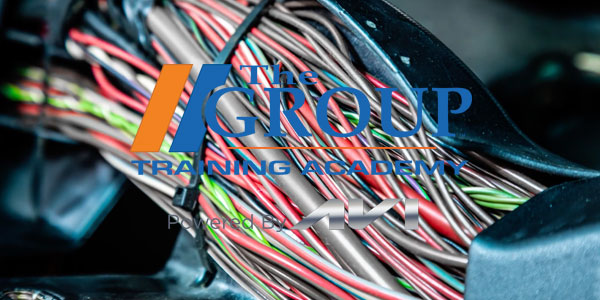This story was part of Counterman’s annual Technical Sales Seminars, which was published in the April 2009 issue.
As automotive technology marches onward, distributors are being left further and further behind. They’ve disappeared from most late model engines, replaced with various distributorless ignition systems (DIS) and coil-on-plug (COP) or coil-near-plug (CNP) ignition systems. But there are still a lot of older vehicles on the road that have distributors — which means they still need replacement caps, rotors, pickup assemblies and sometimes replacement ignition modules.
STILL NEEDED
Getting rid of the distributor didn’t eliminate the need for replacement ignition parts. If anything, it multiplied the number of parts your store has to stock to provide coverage for today’s diverse mix of makes and models. With coil-on-plug ignition systems, there is now a separate ignition coil for each of the engine’s cylinders (four on a four cylinder, six on a V6 and eight on a V8). What’s more, most of these coils are unique to a particular engine application (no universal replacement coils). Consequently, little consolidation of part numbers and applications has been possible. Individual COP coils typically sell for $50 to $100 or more each, and some DIS coil pack assemblies can be quite pricey ($250 to $350 or more!). So to reduce comebacks, it’s important to make sure a coil has really failed before it is replaced.
A coil failure will cause a loss of spark in the affected cylinder, which results in a misfire. On OBD II equipped vehicles, the OBD II system will detect the misfire and set a misfire code for that cylinder. Reading the code with a scan tool can then tell you which cylinder is misfiring. But the code doesn’t always mean the coil is bad. The misfire could also be due to a weak or dirty fuel injector, or loss of compression in the cylinder due to a burned or bent valve, a blown head gasket or even a rounded cam lobe.
Checking compression can rule out a compression-related misfire. Swapping the fuel injectors or ignition coils between two cylinders is another trick that can show which part is the one causing the misfire. If the misfire moves to the other cylinder when the fuel injector or coil is swapped, it indicates that part is the bad one that needs to be replaced.
It’s not as easy to check for spark on a COP ignition system as it is on an ignition system with a distributor or spark plug wires because it requires some extra steps. If the COP coil can be easily removed without having to remove a lot of other stuff that might be on top of it, the coil can be pulled out and a spark plug or spark tester attached to the end (the plug or tester must be grounded). The engine can then be cracked to check for a spark. No spark would indicate a bad coil (assuming the coil is receiving voltage and the ignition coil drive circuit in the PCM is grounding the negative side of the coil).
The coil primary and secondary resistance can also be tested with an ohmmeter. Primary resistance in a COP coil is typically 0.5 to 3 ohms, and secondary resistance is typically thousands of ohms. A coil that reads open, shorted or out of specs is considered bad and needs to be replaced. The same goes for any coil that has visible cracks.
Ford released a technical service bulletin (TSB 04-16-1) saying that approximately HALF of all COP coils that are returned under warranty have nothing wrong with them. The problem is misfire misdiagnosis, not coil failure. The bulletin says rough running engines that set misfire codes can have multiple causes. All too often technicians jump to conclusions and replace the COP coil on a misfiring cylinder before thoroughly checking out other components such as the spark plug, fuel injector and compression.
WATER PROBLEMS
There are some COP ignition coils, however, that have had a history of higher than normal failure rates. These include the COP coils on Ford 5.4L V8 engines in 1997-2005 Ford F150 & F250 pickups, 1998 to 2006 Ford Crown Victoria, 1999-2003 Ford Mustang, and also the 6.8L V10 engines in various Ford pickups. The problem with these coils is that the plugs are deeply recessed and the plug wells tend to trap water if the vehicle is driven through deep puddles. The water gets down into the wells, wicks up the spring that engages the top of the spark plug and shorts out the coil.
Ford has also problems with spark plugs loosening up and blowing out of the cylinder heads on some of its 5.4L and 6.3L engines. Over time, the plug works itself loose, then destroys the last couple of threads in the spark plug hole when it finally blows out. The coil is often damaged when this happens, but the problem is breakage not an electrical failure. Besides replacing the coil and spark plug, the cylinder head may have to be replaced if a thread repair insert can’t be used to repair the damaged cylinder head. Applying dielectric grease to the inside of the coil cavity before it is installed over a spark plug can help keep moisture out and reduce the risk of flashover misfires.











